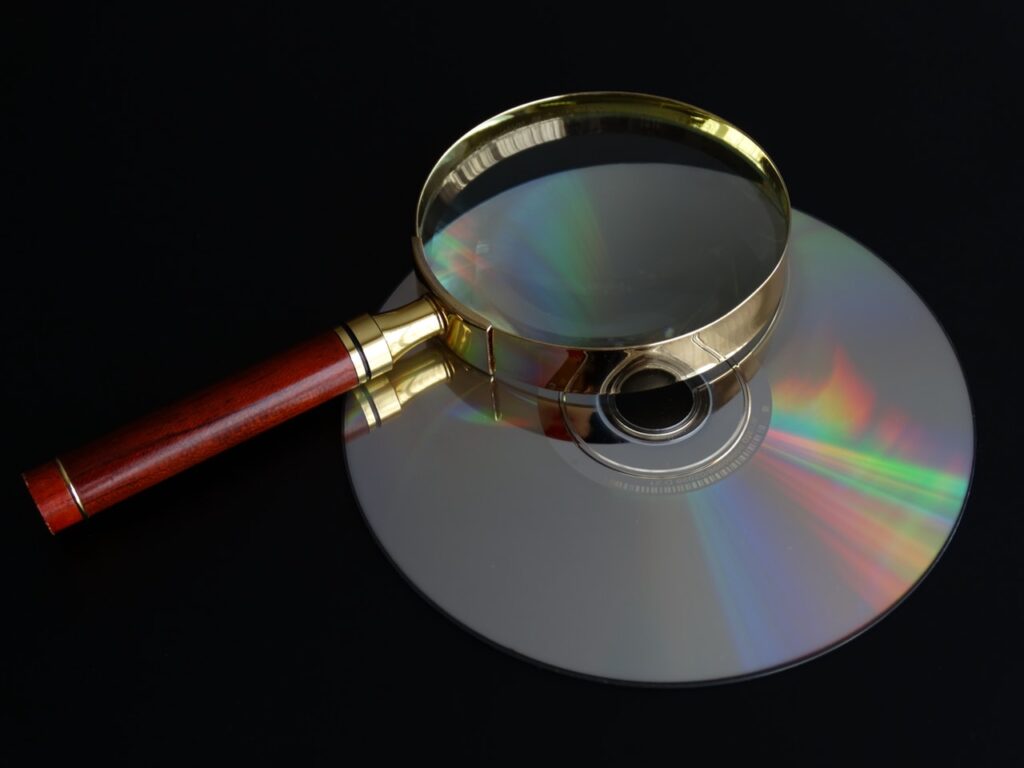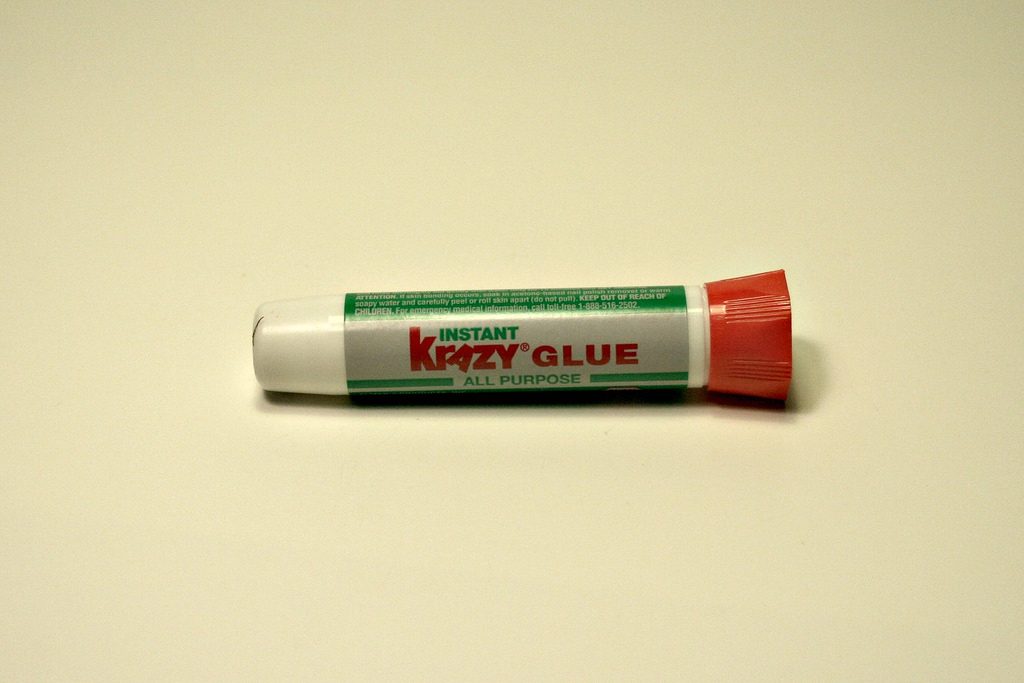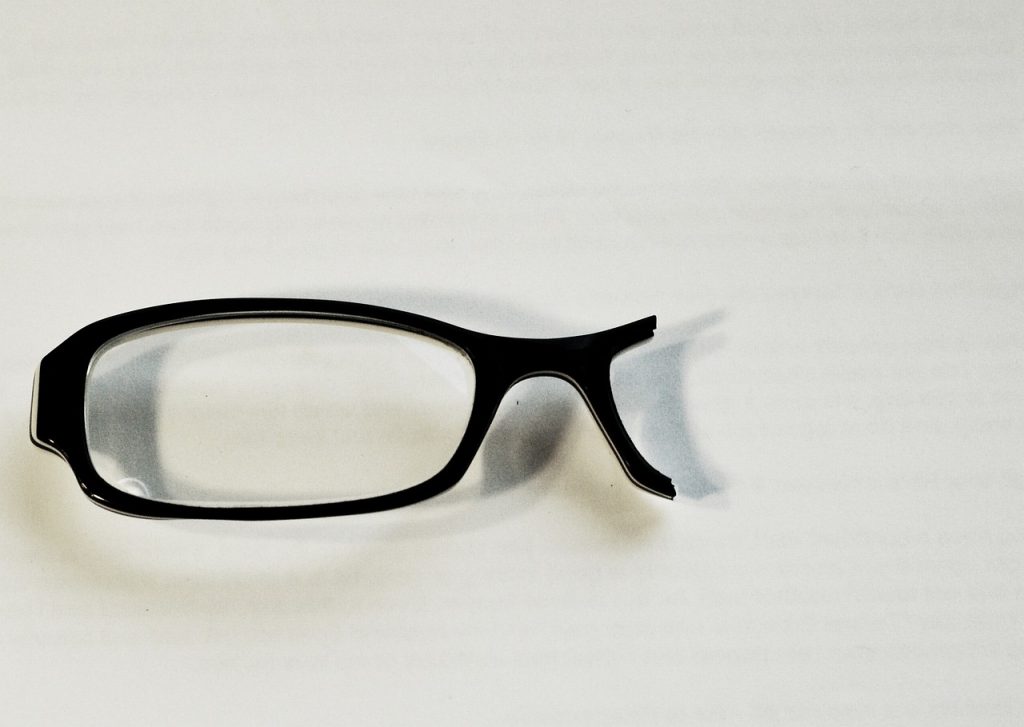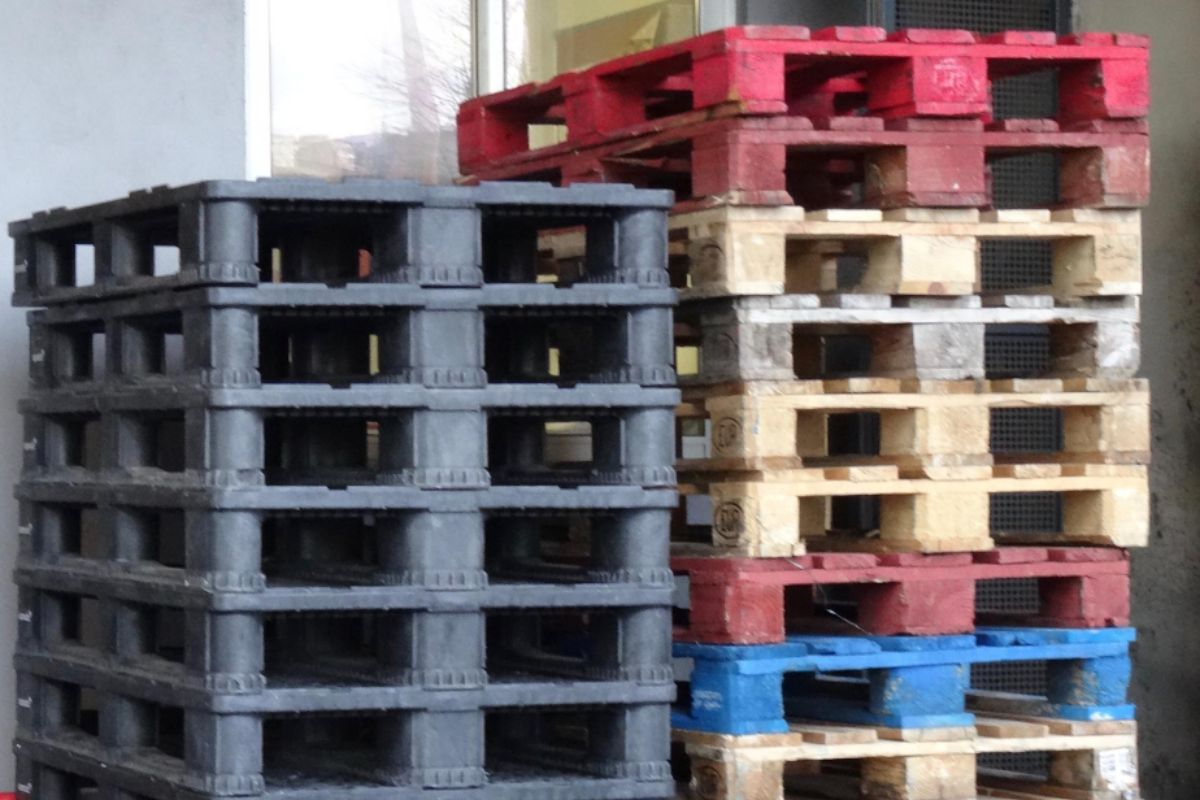What are effective plastic repair methods?
- Using hot and cold water
- Super Glue
- Plastic Welding
- Acetone and ABS Plastic
- Plastic Patches
Plastic products are perhaps the most common products across the world, with molding companies responsible for their production and distribution. Basically, they ensure that these products are of the best quality and be produced at a sufficient number to meet the demands of the clients and the consumers. As the manufacturer, it is important to make sure that the products that are delivered pass various safety and quality standards set by different governing bodies, as poor quality is detrimental to a company’s growth and success.
Despite the quality and durability of plastic products, there would be a time that they would get damaged or broken after a good amount of time being used. The most common type of damage that plastic products get would be cracks, which occur due to strong impacts or daily wear and tear. Repairing plastic may sound like a complicated task at times, but in reality, there are many ways that you can fix it without having to resort to complicated and expensive methods.
Here are some ways to spot some cracks in plastic molding company products, and how to repair them:

How to spot cracks in plastic
Looking for plastic damage does not take much time, as only the smallest parts require a good amount of looking around. Plastic cracks are easy to spot, as the major sign of plastic stress and fatigue is the discoloration of the product itself. Most types of plastic tend to whiten due to stress, which is a major sign that you need to have that product fixed.
Keep in mind that plastic stress can lead to unwanted cracks, which are things that you would not like seeing on your product.

Plastic Repair Methods
With damaged plastic being a major concern, there are many simple and effective plastic repair methods that you can use that won’t break the bank. Here are some of the repair methods that you can use. It is important to remember that it is best to use the appropriate safety gear when repairing plastic, and make sure the area is well-ventilated.
- Using Hot and Cold Water – This method is for plastic products that are bent in the wrong way, which can cause fatigue and breakage if not fixed properly. Simply heat up some water, and then place the damaged plastic into the water. The hot water would help soften up the plastic piece, which would be enough to bend it back. After bending the piece, place the plastic in a container filled with cold water to harden the plastic piece again. This is a quick fix for softer kinds of plastic commonly found on toys, and is one of the biggest problems of some toy collectors.
- Super Glue – When plastic products tend to break, one of the most common solutions is to use super glue. There are many kinds of super glue available, and are very effective on the right kind of plastic. Most types of super glue are able to fix most types of plastic, and can reattach broken parts and section without much hassle. Another form of super glue is the ones used in plastic models, which melt the plastic in order to reattach the broken parts. This is better for sensitive parts as some types of this glue tend to be too strong for some types of plastic.
- Plastic Welding – Another simple procedure would be to perform some plastic welding to repair cracks and broken parts. Use some soldering iron and put it on a low-wattage setting, and slowly heat up and melt the damaged parts. This is similar to using plastic model super glue in a sense that it melts the parts so that they could be attached again. This is best to perform in a well-ventilated area to keep the fumes from circulating around indoors.
- Acetone and ABS Plastic – A quick fix for ABS plastic is using acetone, which is commonly used on fingernails. Acetone on ABS plastic can help smoothen out some surfaces and put the pieces together. The mixture of the acetone and plastic is also known as ABS slurry, and is a very handy mixture that would help you connect broken pieces together and fill in some gaps in the plastic.
- Plastic Patches – Another solution to cover up some damaged plastic is by using a similar plastic material, and plastering it like a bandage on the damaged surface. It is best to use gloves on this procedure, as you would be heating up some plastic. Simply use a heat gun and heat up the edges of the plastic patch, and then apply to the damaged area. This is a common practice for people, who ride kayaks and canoes, as most of them are made out of strong plastic that get damaged by rocks and other hard surfaces.
Key Takeaway
Plastic repair is one concern that can be addressed by these simple and effective methods that ensure that any plastic damage that you would see would be able to be fixed.










